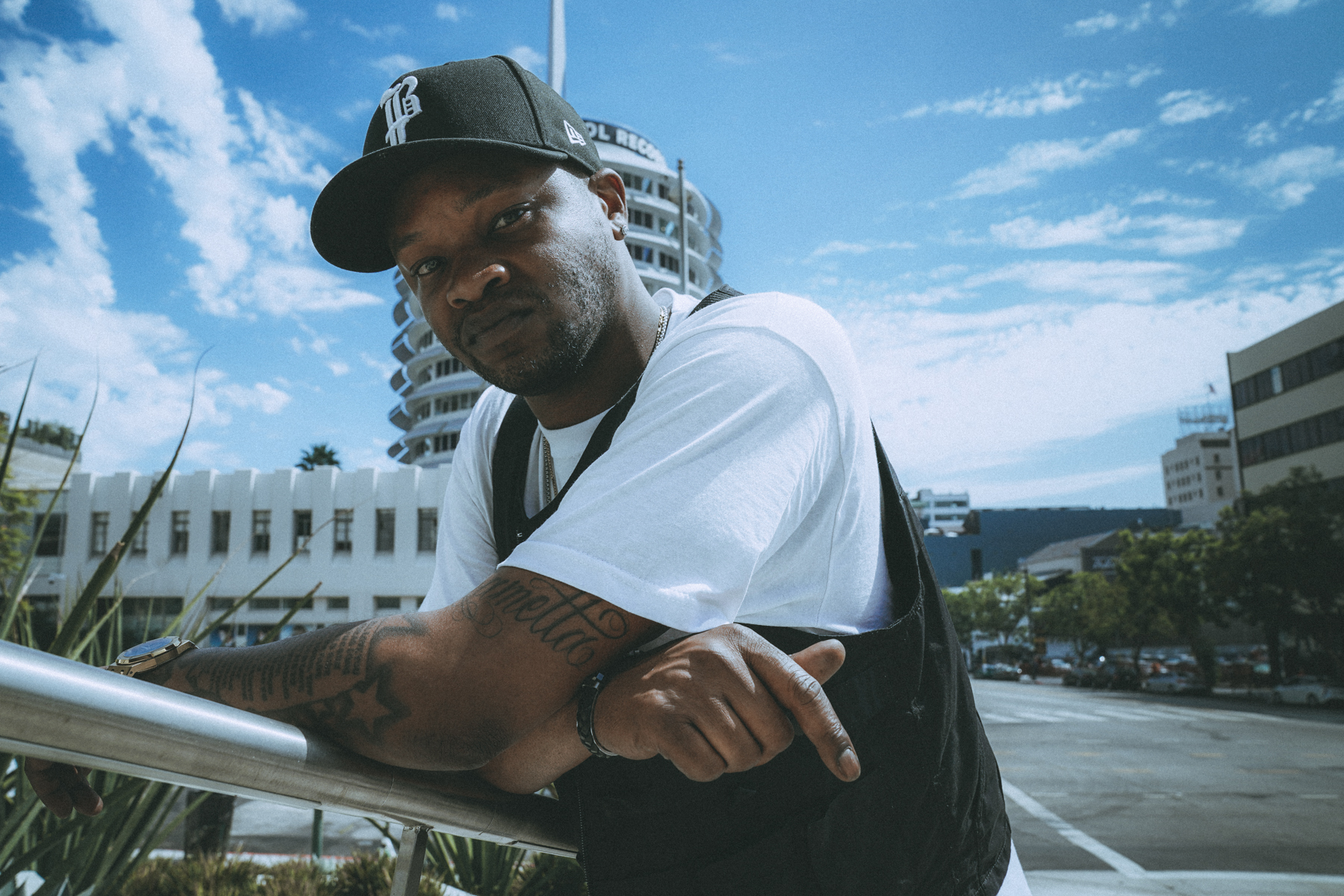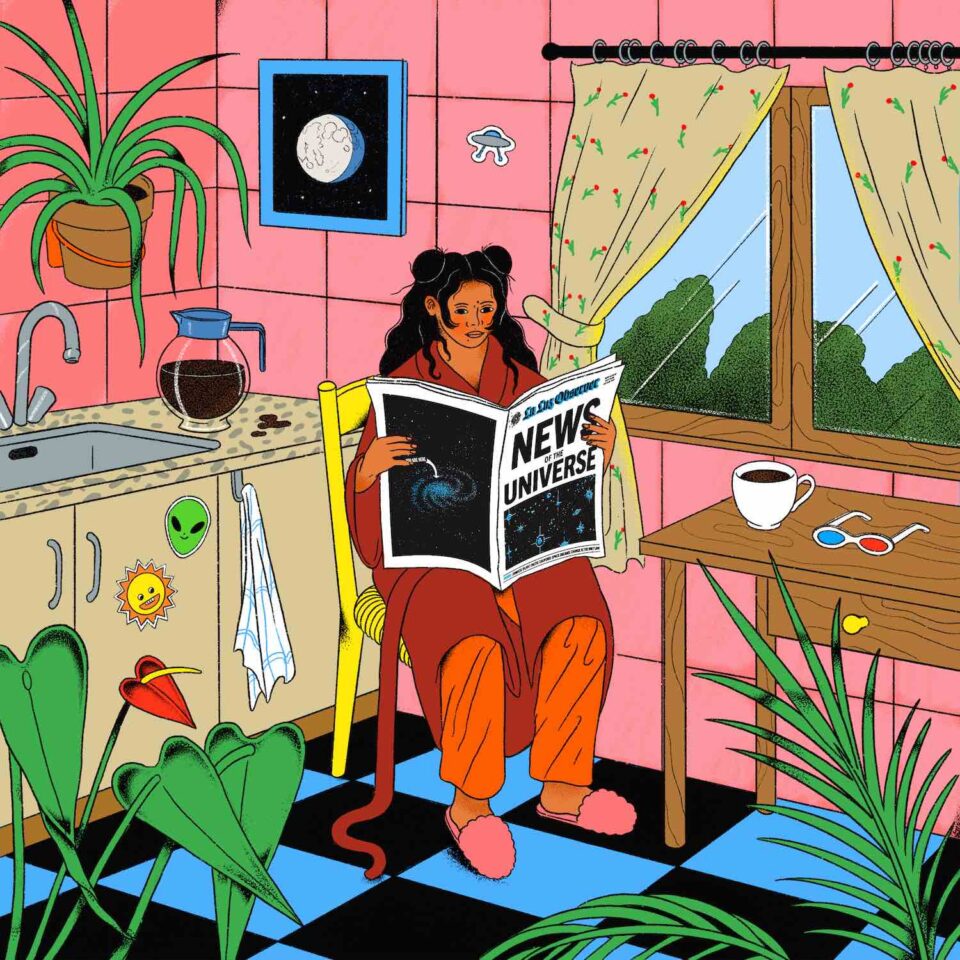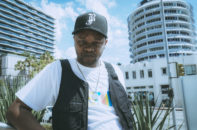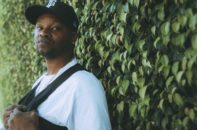Most voices are conveyances, but a select few are, themselves, ends rather than means. BJ the Chicago Kid carries an arsenal in his voice box, a smoky burnish with a seamless ascent into falsetto, an inflection you know even before you recognize it. It’s the common thread among some of this decade’s most indelible hip-hop tracks, furnishing atmosphere on ScHoolboy Q’s “Studio,” soaring into ardent harmony on Chance the Rapper’s “Blessings,” snaking across Solange’s “F.U.B.U.” It soothes, it pleads, it demands; by turns stark and august, it has, mostly on its own momentum, seeped its way into the pores of American soul.
“I’m still like a chameleon with the music,” BJ says via phone from LA, days after the release of his third studio album, 1123. “From rappers to singers, people bring me in for my vocal range, for my writing, sometimes just for my opinions—to see how I feel about certain songs and elements.”
Now thirty-four, the Chicago native born Bryan James Sledge first generated demand for his multitudinous services upon a move to Los Angeles at age nineteen, where he joined gospel mainstays Mary Mary as a backup singer. He quickly immersed himself in studio work, guesting on Stevie Wonder’s A Time to Love in 2005 and continuing to support legacy Christian acts ranging from Lecrae to Shirley Caesar. “I learned so much from them,” BJ says of his early work with Christian artists. “From the details of background singing, to seeing how they handle situations you never thought you’d be in.”
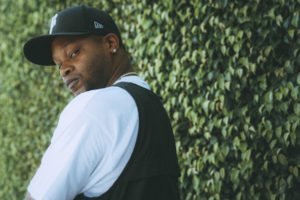 Ultimately, though, his Midwestern pedigree and new Southern California address conspired to place him in the front seat of both Chicago and LA’s rap resurgences. His distinctive hooks were omnipresent across the initial slate of albums from Top Dawg Entertainment, including debut efforts from then-unknown LA county rappers Kendrick Lamar and ScHoolboy Q, and he went on to join sessions for Dr. Dre’s comeback Compton. After appearing on Kanye West’s single “Impossible” in 2006, BJ’s collaborations with a new generation of Chicago MCs—highlighted by two guests on Chance the Rapper’s 2013 breakthrough Acid Rap—further entrenched him among hip-hop’s avant garde.
Ultimately, though, his Midwestern pedigree and new Southern California address conspired to place him in the front seat of both Chicago and LA’s rap resurgences. His distinctive hooks were omnipresent across the initial slate of albums from Top Dawg Entertainment, including debut efforts from then-unknown LA county rappers Kendrick Lamar and ScHoolboy Q, and he went on to join sessions for Dr. Dre’s comeback Compton. After appearing on Kanye West’s single “Impossible” in 2006, BJ’s collaborations with a new generation of Chicago MCs—highlighted by two guests on Chance the Rapper’s 2013 breakthrough Acid Rap—further entrenched him among hip-hop’s avant garde.
“I’m still like a chameleon with the music. From rappers to singers, people bring me in for my vocal range, for my writing, sometimes just for my opinions.”
Be it a quotable sixteen or virtuosic chorus the likes of which Nate Dogg and Sleepy Brown built careers upon, hip-hop rewards a high-impact mercenary, the rare collaborator with the ability to condense broad swaths of emotional artistry into short bursts. It’s the intangible that makes even BJ’s small contributions invaluable to prestige artists across the rap and R&B spectra. He is the sturdy, insistent force bookending Smoke Dza and the Lox’s dour verses on 2016’s “Milestone” and his impassioned pleas ground Freddie Gibbs’s cocksure monologue on 2013’s “Shame,” the crooner’s vocals fluidly woven into Madlib’s early-’70s Manhattans sample. “If I collaborate with someone, I see something that’s amazing in their art and who they are,” BJ says. “That’s what leads me to it. I have to be a fan of what they do, to have a liking for their music.”
BJ’s first moves toward claiming a spotlight of his own came in the form of self-released mixtapes, beginning in 2009. “I was always a songwriter, so it was a time when I had written songs that I thought would be placed with other artists, but they didn’t pick those songs,” he recalls. “I picked those songs and took the opportunity to pretty much work on BJ. They ended up helping spread the word.” His 2012 independent LP Pineapple Now-Laters found acclaim for its embrace of DIY neo-soul aesthetic over studio sheen, leading to a deal with Motown.
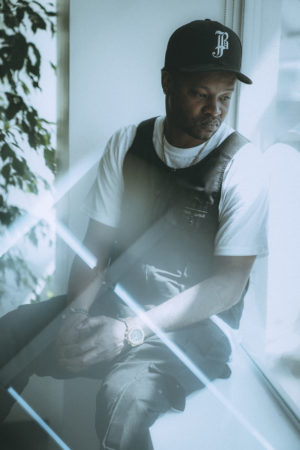 His first record with the historic label, 2016’s In My Mind, encased dramatic climaxes within a subdued—if variegated—package. Eye-popping appearances from Chance, Kendrick, and Big K.R.I.T. buoyed deep grooves and homages to classic soul, whereas the singles “Church” and “Turnin’ Me Up” contrasted late-night vibes with easygoing playlist fodder. But it was as a balladeer that the singer exceeded all expectations. The woozy, talkbox-laden “The Resume” included entreaties to “work that body like it’s a nine-to-five.” “Shine,” “Wait Til the Morning,” and “Falling on My Face” were momentous in composition, each building to rousing crescendos. The album notched three Grammy nominations in total, including noms for Best R&B Album and Best R&B Performance.
His first record with the historic label, 2016’s In My Mind, encased dramatic climaxes within a subdued—if variegated—package. Eye-popping appearances from Chance, Kendrick, and Big K.R.I.T. buoyed deep grooves and homages to classic soul, whereas the singles “Church” and “Turnin’ Me Up” contrasted late-night vibes with easygoing playlist fodder. But it was as a balladeer that the singer exceeded all expectations. The woozy, talkbox-laden “The Resume” included entreaties to “work that body like it’s a nine-to-five.” “Shine,” “Wait Til the Morning,” and “Falling on My Face” were momentous in composition, each building to rousing crescendos. The album notched three Grammy nominations in total, including noms for Best R&B Album and Best R&B Performance.
In January 2017, BJ was invited to sing the national anthem at President Obama’s farewell address in Chicago—an emotional event, given the events of eight weeks prior. “His team reached out to my team,” BJ says. “My team arranged everything before they told me because they wanted to be sure it was for real. I was totally blown away, man. It was one of the biggest highlights of my career. To play a part in that was just such an incredible moment. And being in Chicago—so many details made it special for me.”
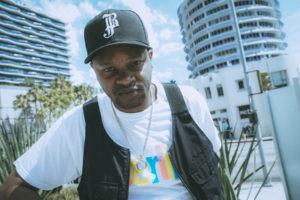 If his new album 1123, named for BJ’s November 23rd birthday, has less to prove than its predecessors, it’s more approachable for it. A sleek suite of upbeat mood music, its earworms are well-suited for summer and Spotify. Production comes courtesy of Cool & Dre, Karriem Riggins, and Afrojack, whose “Reach” makes for an unlikely pop gem. Anderson .Paak co-headlines “Feel the Vibe,” a steamy opener rich in setting and attitude, while “Champagne” strays toward electro-funk. The first single, “Time Today,” returns to the winning slow jam formula of In My Mind’s deep cuts. Guests include Offset, Rick Ross, and Los Angeles rapper Buddy. “It’s the same creative process you’d have with any other song,” BJ says of recording with A-list collaborators. “These guys are humble monsters, if I could say. They’re very creative in their own ways, but they love what I do as well. The focus was figuring out the best routes to the best songs.
If his new album 1123, named for BJ’s November 23rd birthday, has less to prove than its predecessors, it’s more approachable for it. A sleek suite of upbeat mood music, its earworms are well-suited for summer and Spotify. Production comes courtesy of Cool & Dre, Karriem Riggins, and Afrojack, whose “Reach” makes for an unlikely pop gem. Anderson .Paak co-headlines “Feel the Vibe,” a steamy opener rich in setting and attitude, while “Champagne” strays toward electro-funk. The first single, “Time Today,” returns to the winning slow jam formula of In My Mind’s deep cuts. Guests include Offset, Rick Ross, and Los Angeles rapper Buddy. “It’s the same creative process you’d have with any other song,” BJ says of recording with A-list collaborators. “These guys are humble monsters, if I could say. They’re very creative in their own ways, but they love what I do as well. The focus was figuring out the best routes to the best songs.
“This whole record is just another dimension of who I am creatively.”
“This whole record is just another dimension of who I am creatively,” he adds of 1123. “I’ve always wanted to give fans more, and the album form has always kind of been my specialty. I love when my supporters grow with me.”
Growing in tandem with an artist who is, by turns, a producer, songwriter, hookman, and headline act may seem like a tall order—but 1123 eases the burden. BJ’s oeuvre is reminiscent of the Motown machine’s most prolific in-house writers and super-producers of yesteryear, all the more so for his ability to coax frisson from both his fellow artists and the quiet corners of his own tracks. If that helps him blend in, it also makes him one of R&B’s most credentialed ambassadors. FL
For more exclusive shots of BJ, check out the gallery below.

